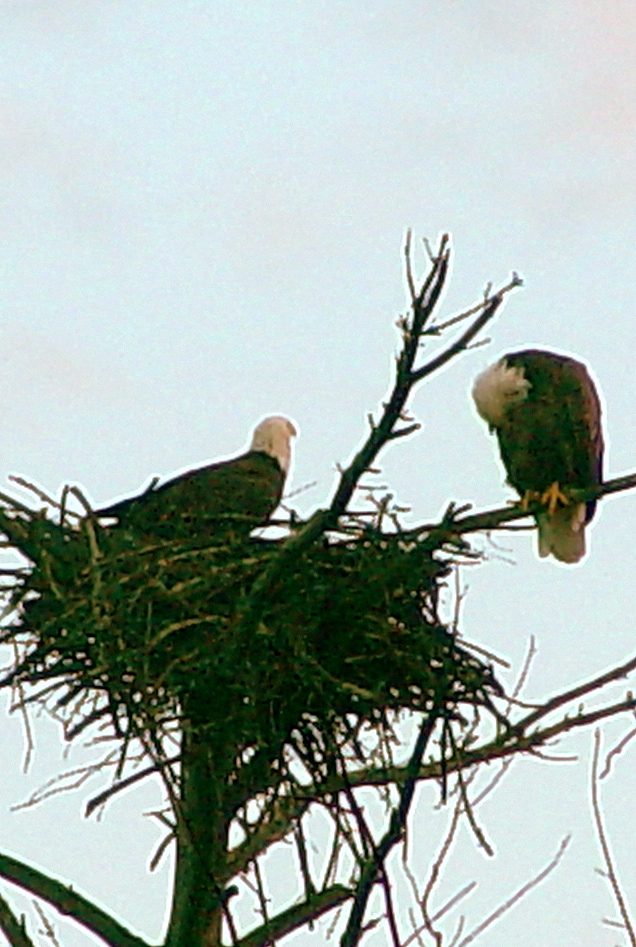This year has turned out to be one of the biggest Snowy Owl eruptions in many years. This has allowed many of us to see these magnificent birds that normally inhabit the tundra and it has been a great experience.
This event has resulted in a significant number of birds that have been found that are sick and injured. When they are found, these birds are taken to wildlife rehabilitators including the Coulee Wildlife Rehab Center in rural Chaseburg. These organizations always have trouble finding enough funding to help cover their costs and this event is adding even more financial burdens to organizations that often operate on a shoe string budget and are heavily dependent on donations in order to operate.
Already this year, Coulee Wildlife Rehab Center has had two Snowy Owls brought in to their center. The first was in the last stages of starvation and couldn’t be saved but the second is the victim of what is probably a power line accident and is in fairly good condition. It has an electrical burn on a wing that has required surgeries and it is under weight. However, there is a good chance that it can be saved.
Sue and Merv Broten, the operators of the facility, are working to improve its body mass and fight against aspergillosis. Snowy Owls are very susceptible to this fungal infection when they migrate this far south and one of the keys to prevention is to keep an owl from the stress of under nourishment. Starving Snowies can eat a LOT of mice a day, and at a cost of $1.00 to $1.50 per mouse, building their weight up is an expensive proposition.
In honor of this year’s eruption, the Coulee Region Audubon Society has decided to sponsor a special “Snowy Christmas” campaign to raise funds to help pay for the cost of rehabilitating these owls and to underwrite some of the operations of the Coulee Wildlife Rehab Center. We will match all donations made by our members and friends through the end of January up to a total of $200. We hope that you will consider making a tax deductible contribution to this campaign and therefore support the great work done by the Coulee Wildlife Rehab Center.
If you can help, please send a check to Coulee Region Audubon with a note indicating that it is to be used for this campaign or send a check directly to the Coulee Wildlife Rehab Center at the following address:
Coulee Wildlife Rehab Center, Inc.
E4485 Dodson Hollow Rd
Chaseburg, WI 54621
I hope that you will join me in supporting this cause!!
Dan Jackson, President
Coulee Region Audubon Society
La Crosse, Wisconsin



